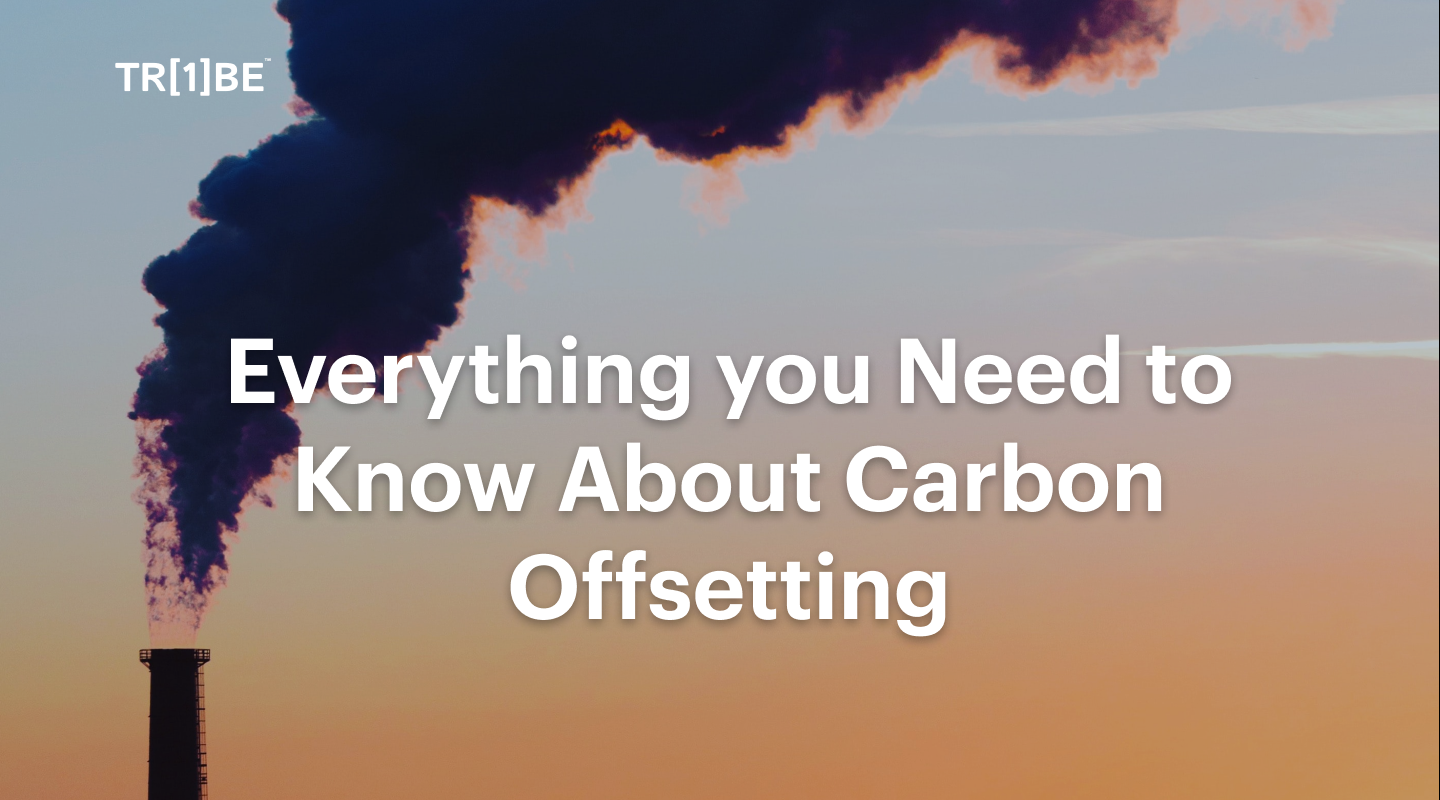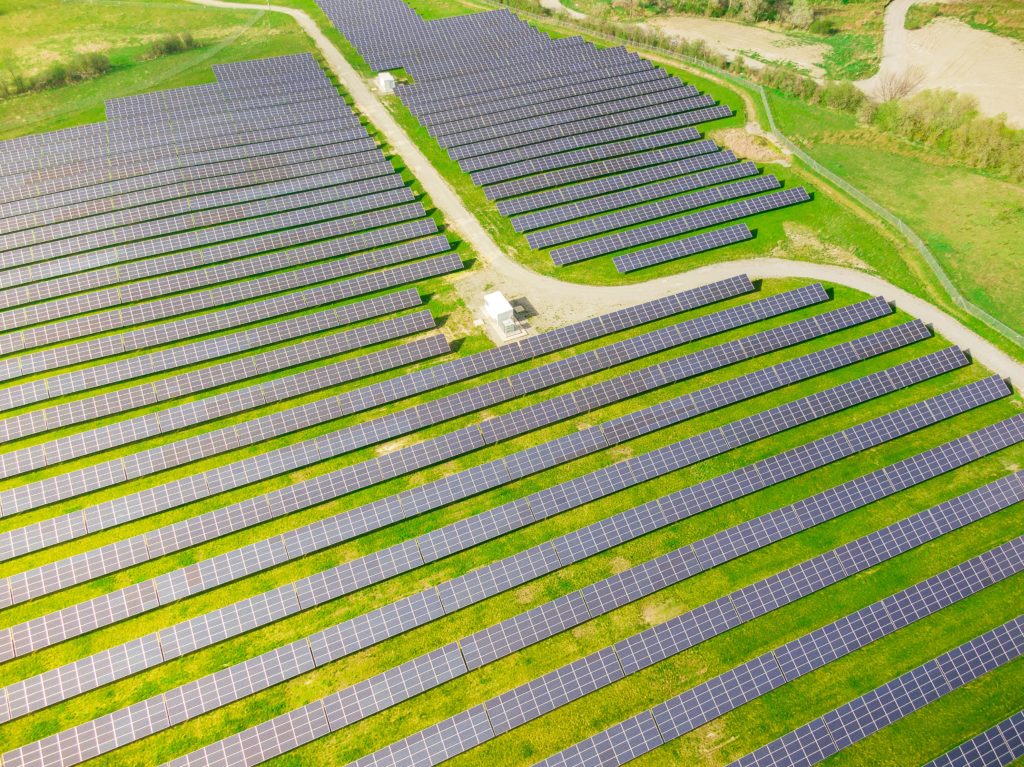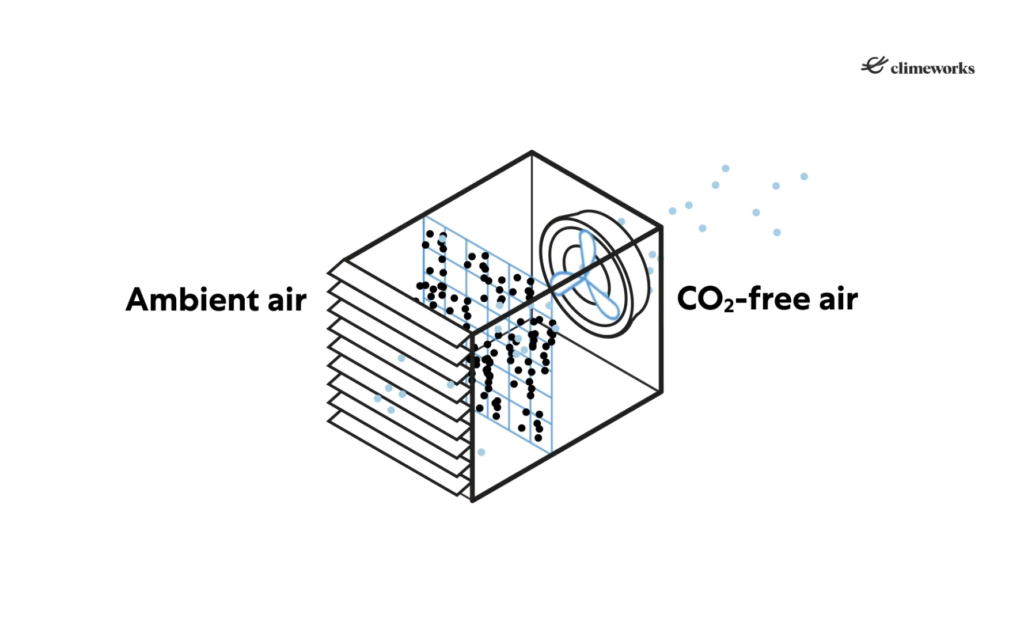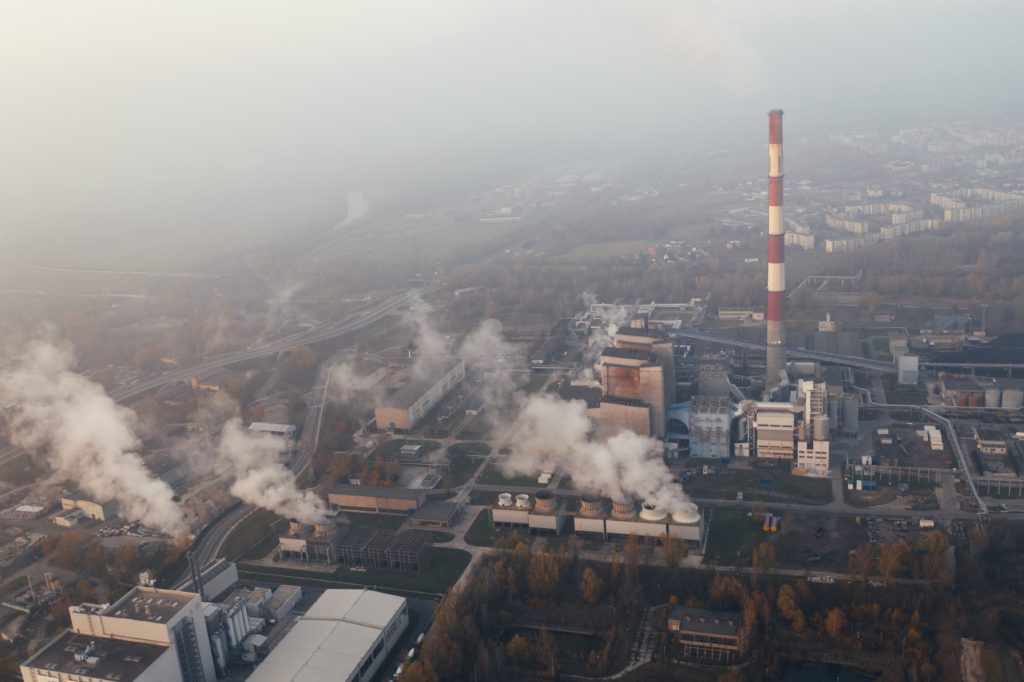
Businesses are well aware of the race to Net Zero and new ESG guidelines. But if you’re wondering about the new offset market and how to get the most out of it, we cover everything you need to know.
Grab your notes and jot down 1.5 degrees celsius.
The Paris Agreement outlines the steps needed to stop the Earth’s temperature rising above 1.5 degrees. The mission is mainly dependent on reducing carbon emissions in order to stop climate change. Most recently, the responsibility has fallen on business owners who need to limit their carbon footprint and prevent pollution as much as possible.
To tackle the problem, businesses need to offset emissions from their operations and work towards a Net Zero infrastructure.
Below you’ll find the complete guide to everything you need to know about carbon offsetting and how you can use offsets to reduce your environmental impact.
A carbon offset – or the act of carbon offsetting – is a method of balancing out Greenhouse Gas (GHG) emissions released into the atmosphere. Put simply, the emissions we put into the atmosphere are then also removed. The method used to achieve this process is what we call carbon offsetting.
Offsets are measured in tonnes of carbon dioxide-equivalent (CO2e), with one carbon credit equating to one tonne offset.
Carbon Offsetting Schemes are now a crucial policy tool used to improve the sustainability of businesses.
Businesses contribute to over 70% of the world’s emissions, so it is critical that business directors take responsibility for the emissions of their business. Since we don’t have the option to cease business operations completely, we must find more sustainable ways of working. To compensate for the emissions business release, Offset Schemes can effectively reduce and remove harmful pollution from business operations.

Carbon Offsetting typically takes shape in the form of nature-based solutions like forest conservation and ocean conservation, or technological solutions such as renewable energy, landfill gas capture, and hydropower.
Investments are purchased as ‘carbon credits’ and the broker must be certified to issue carbon credits to various businesses. When the number of carbon credits obtained by a company equals the company’s carbon footprint, then that company can be deemed carbon-neutral.
In order to become a carbon neutral firm, businesses must first calculate their carbon footprint. Thankfully, there are many standard tools and protocols that help companies to do this. One of the prominent and internationally recognised accounting standards is the GHG protocol which helps companies to calculate and manage their GHG emissions.
There are also many organisations offering carbon offsetting solutions, including OneTribe, that help businesses to reduce their carbon footprint via forest conservation.
Over the past few decades, Carbon Offsetting schemes have become increasingly popular. But they have also attracted many critics and environmentalists questioning how effective offsetting is.
When we talk about effectiveness, it’s not just limited to whether offsets are efficient in removing enough carbon or harmful gases from the atmosphere. It’s about looking whether it is a viable long-term method capable of protecting the planet.
The answer to the above question is dependent on many factors. Offsetting activity isn’t a golden ticket to eliminate emissions and prevent global warming. But it is an interim method we can use to limit our output as much as possible.
It is impossible to completely eliminate emissions resulting from our activities due to the significant volumes we are producing but carbon offsets are a vital tool we must use to solve part of the issue. It remains a fact that offsetting does not mean we can comfortably produce more, but rather, use offsetting in an effort to use less.
At this point, offsets are necessary for us to reduce emissions, and they ARE effective in helping us to reduce the damage we are causing. In fact, nature-based offsets are the most effective way to offset large volumes of GHG emissions. So helping to support the conservation of forests and oceans is one way to guarantee a low carbon footprint.
Now let’s look at different types of Offsetting Schemes that businesses can use to improve their carbon footprint.

Renewable energy projects like wind farms, hydropower plants, solar panels, and power generation through landfill gas capture (anaerobic digestion) can turn both natural resources and waste into power and doesn’t emit any greenhouse gases during production.
In sectors like agriculture, farmers can use anaerobic digestion technology to maximise their production and reduce crop wastage to save resources and reduce emissions.
For airlines, flight paths can be optimised with the help of AI for efficient fuel usage.
In the Auto sector, Electric Vehicles (EVs) have taken charge of completely eliminating air pollution as there is no emissions associated with EVs whatsoever unlike the conventional fossil-fuel based vehicles.
To many people’s surprise, there are technologies developed namely Carbon Capture and Storage (CCS) and Direct Air Capture (DAC) which are capable of directly sucking harmful CO2 from the air and purifying it.
CCS involves capturing the carbon emissions from power plants and other industrial production sites before it’s released into the atmosphere, transporting it and then storing it under deep geological formations for centuries or millennia.

DAC passes through ambient air to a semipermeable membrane designed to soak up carbon particles. The CO2-free air is then released into the atmosphere. The captured carbon is transported and stored permanently into geological formations underground.

Nature has its own solutions to reducing emissions by actively sequestering carbon dioxide from the air and processing back into harmless oxygen. Forests, Soil and Oceans are some of the world’s biggest carbon sinks, and therefore investing in their protection is another way to balance out your emissions.
Forests conservation projects work by planting and protecting trees to counter deforestation and keep the volume of carbon sequestered at a sustainable level. Planting just 1 tree will absorb 53.1 kilos of Carbon by 2030. But Protecting 20 mature trees has the ability to absorb 3900 kilos of Carbon in the same period of time.

Once businesses have actively reduced their organisation’s carbon footprint, offsetting is a way to take full responsibility for any residual emissions. Offsets are an economical investment that can help support fundamental sustainability projects across the world. For businesses that are looking to combat climate change and compensate for their organisation’s total impact, offsets are a viable solution to helping companies achieve their ESG goals.
Carbon Offsetting is an effective solution to help businesses reduce their CO2 emissions. All businesses must try to actively reduce emissions as much as possible using offsetting schemes to eliminate any remaining emission targets.
To learn more about how your business can start its offsetting journey, visit the One Tribe carbon platform to learn more about how we can help.
What are carbon offsets?, how are carbon offsets used?, race to Net Zero, Net Zero, carbon offset market, what is the carbon offset market?, Paris Agreement, what is the Paris Agreement?, what does the Paris Agreement say?, what is the Paris Agreement for?, how to stop the Earth’s temperature rise?, how to stop climate change?, Net Zero infrastructure, what is Net Zero infrastructure?, how to reduce greenhouse gas emissions?, how to make my business sustainable?, what do businesses do to be sustainable? how do I measure my carbon emissions?, nature-based solutions, forest conservation, ocean conservation, sustainable technology solutions, renewable energy, hydropower, what is carbon neutral?, how to measure my carbon footprint?, carbon footprint calculation tools, which tools calculate carbon footprint?, how does carbon offsetting work?, carbon offsetting schemes, what is a carbon offsetting scheme?, example carbon offsetting schemes?, What are companies using carbon offsets for?
One Tribe is a Climate Action Platform enabling businesses and their customers to make a positive environmental impact.
Eric currently works as an independent consultant at the intersection of nature and climate, focused on catalysing market and non-market solutions to drive the just transition.
He previously was Head of Product at Earthshot Labs, supporting nature conservation and restoration projects across the global south secure project finance. Prior to Earthshot Labs, Eric led nature-based carbon project development for Gorongosa National Park in Mozambique and founded the Carbon Cooperative, a global alliance of leading nature conservation and restoration practitioners exploring carbon finance. After serving in the Peace Corps in Mozambique out of university, he spent much of his 20s working in community-based conservation and ecosystem restoration efforts in Sub-Saharan Africa interspersed with two startup ventures as co-founder and CEO of a mental health tech startup and COO of a sustainable coffee company. Eric has a dual Masters in Environmental Engineering and Environmental Policy from Stanford University where he was a NSF Graduate Research Fellow and a BS in Environmental Engineering from Tufts University.
Alan is a risk management thought-leader, superconnector, and FinTech pioneer. His mission is to enable an Earth Positive economy which includes nature in global accounting systems.
Alan is Founder of Generation Blue, a venture studio dedicated to planetary game changers powered by exponential technologies. Previously, Alan established Natural Capital Markets at Lykke AG, pioneering blockchain based forestry and carbon backed tokens. Alan has over two decades of risk management experience advising global financial institutions, and was a founding member of the RiskMetrics Group, a JPMorgan spin-off. Alan is an investor and advisor to regenerative impact ventures, including TreeBuddy.Earth, Regenativ, and Vlinder Climate.
Lori Whitecalf made history when she became the first woman to be elected Chief of Sweetgrass First Nation in 2011. She served three terms of office from 2011-2017.
Lori took a two-year hiatus from leadership to expand the family ranch and serve as the FSIN Senior Industry Liaison. She was re-elected on November 29. 2019 and again on November 30, 2021, as Chief of Sweetgrass. Chief Whitecalf practises a traditional lifestyle of hunting, fishing and gathering. She currently sits on the following boards: Saskatchewan Indian Institute of Technology, FSIN Lands and Resource Commission, Battle River Treaty 6 Health Centre and Battleford Agency Tribal Chiefs Executive Council, FSIN Women’s Commission.
Tina is the Chief Business Officer for MLTC Industrial Investments, the Economic Development arm of the Meadow Lake Tribal Council. She has a diverse background of experience. Having spent 15 years as a municipal Chief Operating Officer, 20 years involved in Saskatchewan’s Health Authority Board Keewatin Yatthe and 9 years with Northern Lights Board of Education.
She continues as a Board Member with Beaver River Community Futures supporting small business development in her home region. Tina brings a wealth of experience in a variety of fields and many connections to the Indigenous communities of Northern Saskatchewan. In addition Tina holds a BA Advanced from the U of S, a Certificate in Local Government Authority from the U of R and is certified as a Professional Economic Developer for Saskatchewan and a certified Technician Aboriginal Economic Developer (TAED).
Tootoosis’ career spans 40+ years in HRM, political leadership, and Indigenous economic development, as a dedicated bridge builder and advocate for Indigenous causes.
As a key member of the Saskatoon Regional Economic Development Authority (SREDA) team since 2021, he develops strategies for the Truth and Reconciliation Commission final report and Call to Action #92.
He is a graduate of the First Nations University of Canada and a certified Professional Aboriginal Economic Developer. Spearheading various community initiatives while serving as a Chair of the SIEDN while directing ILDII and WIBF. Founder of MGT Consulting Tootoosis is based in Saskatoon, Treaty Six Territory.
Cy Standing (Wakanya Najin in Dakota) has a long and distinguished career including serving overseas as an Electronics Technician in the Royal Canadian Air Force, former Chief of Wahpeton Dakota Nation, former Vice Chief of the Federation of Saskatchewan Indigenous Nations (FSIN), past Executive Director of Community Development Branch of the Department of Northern Saskatchewan as well as an Order in Council appointment to the Federal Parole Board.
Mr. Standing has served as a Director on many Profit and Non-Profit Corporate Boards, including serving as a Director for Affinity Credit Union with assets of over six billion dollars as well as IMI Brokerage and Wanuskewin and is currently a member of the One Tribe Indigenous Carbon Board.